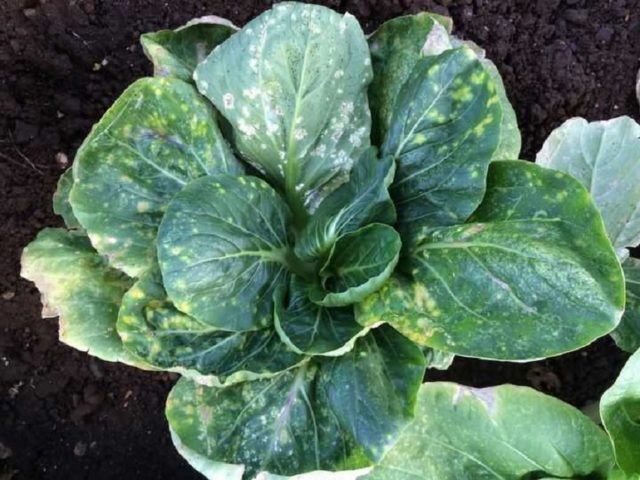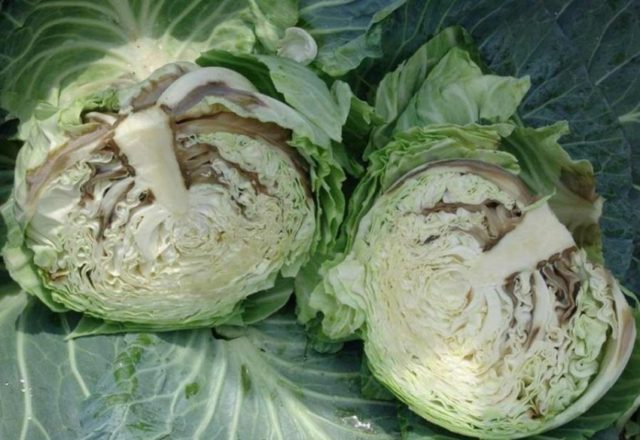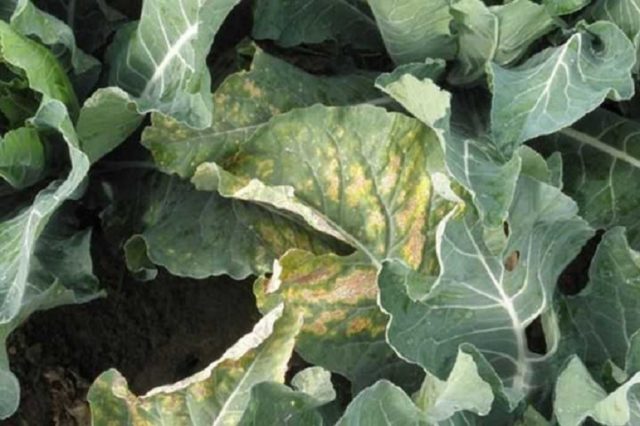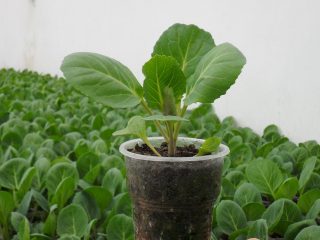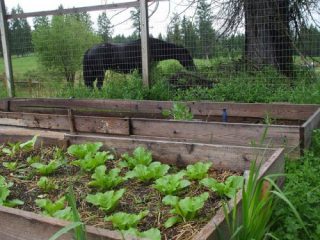Content
Kilaton cabbage is a well-known and beloved white cabbage variety. Popularity is based on the characteristics of the vegetable, its beneficial properties and a wide range of uses. To grow cabbage on the site yourself, you should familiarize yourself with the nuances of the cultivar's agricultural technology.
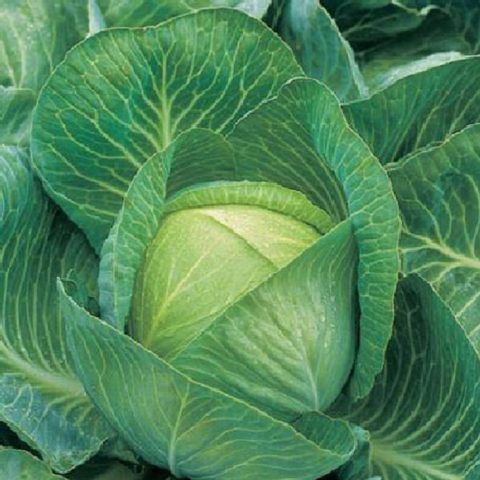
A late-ripening variety is appreciated by vegetable growers for its large heads and good keeping quality
Description of Kilaton cabbage
The hybrid was developed by the Dutch breeders of the Syngenta Seeds company. The variety has been registered in the State Register since 2004. On the territory of the Russian Federation, Kilaton F1 cabbage seeds are distributed by the producers Prestige, Sady Rossii, Partner, Gavrish. Recommended for cultivation in the southern regions and the Central region. Demonstrates good resistance to low temperatures, as evidenced by the main characteristics of the Kilaton cabbage variety.
Ripening period is late. The time from the moment of emergence to full maturation is 130-140 days.
Kochan is the main goal of vegetable growers. Kilaton has a round-flat, dense structure. The color of the head of cabbage is green, the upper leaves are dark green, and remains during the entire storage period. The leaf rosette is spreading. On the surface of the leaves there is a waxy coating, quite intense and thick. On the cut, the color of the head of cabbage is white or white-yellow.
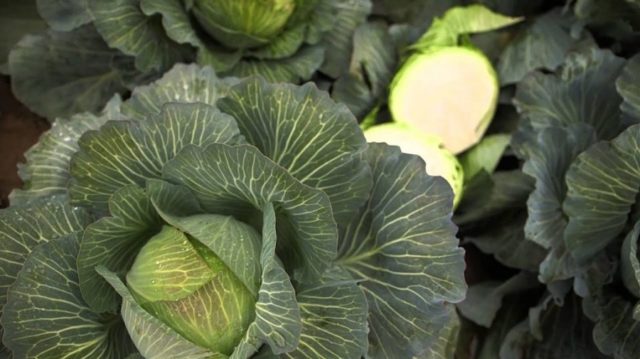
To increase the taste and nutritional characteristics of Kilaton cabbage, you need to fulfill all the requirements of agricultural technology
The outer and inner stumps are very short. The Kilaton variety forms large heads of cabbage. The weight of one head is 3-4 kg.
Cabbage is renowned for its resistance to keel diseases and internal punctate necrosis. This allows you to keep the heads of cabbage for a long time in the basement. The variety tolerates a drop in temperature well.
Pros and cons of Kilaton cabbage
Like any vegetable, the hybrid has its advantages and disadvantages. The list is easy to compile based on the reviews of farmers who grow it on their plots.
Among the advantages of the variety are highlighted:
- good taste;
- wide range of applications;
- excellent keeping quality, allowing the harvest to be stored for a long time (7-8 months);
- immunity to cultural diseases;
- high productivity.
Among the disadvantages of cabbage varieties are:
- decreased growth with a lack of lighting;
- exactingness to nutrition, soil composition and watering.
Cabbage yield Kilaton F1
This is another characteristic that makes Kilaton popular. From 1 sq. m of planting area, 10-11 heads with good weight are collected. If we take the average weight of one head of cabbage as 3 kg, then from 1 sq. m you can get up to 35 kg of late-ripening white cabbage.
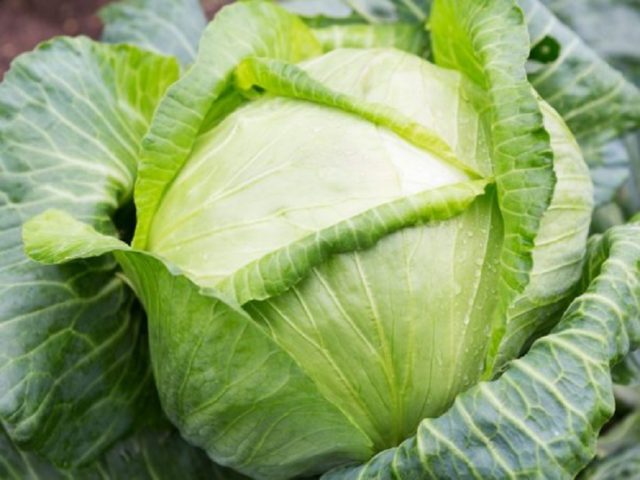
Vegetable growers cultivate Kilaton due to the opportunity to get a good harvest from a small area.
Planting and caring for Kilaton cabbage
In regions with a cool climate, the variety is planted in seedlings. This allows you to get a harvest even under unfavorable conditions. In the south, two methods are used - direct sowing into the ground or growing seedlings. To grow healthy seedlings, you need to complete several steps:
- Purchase and preparation of planting material. If the purchased seeds are covered with a colored shell, then they do not need pre-planting treatment. Seeds without a shell will have to be soaked for 1 hour in a solution of potassium permanganate (1%).Then rinse with clean water and place in the refrigerator for a day for hardening.
- Preparation or purchase of soil mixture. You can use seedling soil that is sold in a specialty store. If it is possible to cook it yourself, then the Kilaton cabbage mixture is prepared from earth, peat, humus in equal parts. It is imperative to add wood ash, then disinfect the mixture with the same potassium permanganate solution that was used to soak the seeds. Another option is to ignite the soil or spill it with boiling water.
- Timely sowing. The optimal time for seedlings is early April. If it is decided to sow the Kilaton variety directly into the ground, then this should be done not earlier than May, when the soil warms up and a stable heat is established.
- Preparation and filling of containers. The containers must be 8 cm deep or more. Disinfect the container with a solution of potassium permanganate, fill with soil mixture.
- Level the soil, make grooves no more than 2-3 cm deep, lay the seeds and cover with soil. Water immediately. Cover containers with glass or foil and leave in a warm place (+ 23 ° С).
- After emergence, transfer to a room with a temperature of + 15-17 ° C. Seedling care consists in timely watering. It is necessary to ensure that a crust does not appear on the surface of the earth, but the seedlings should not be poured either. After the formation of a green stem, it is required to feed the seedlings with a solution of mineral fertilizers.
2 days before planting, you should repeat the feeding with a mixture of ammonium nitrate (3 g), potassium chloride (1 g), superphosphate (4 g).
When there are 5-6 leaves on the seedlings, they are transplanted into the ground according to the 50 x 50 cm scheme.
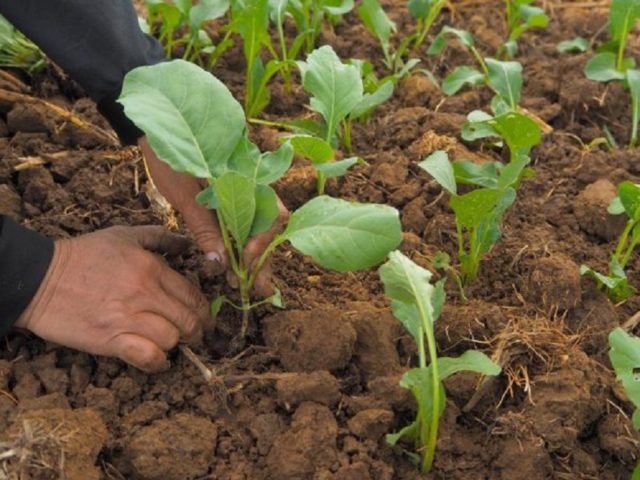
When planting seedlings, it is very important to maintain the planting pattern.
Embed the seedlings 1 leaf at a time. Further plant care consists of:
- Glaze... Sprinkle cabbage with warm water. Cold water can cause bacterial or fungal infections. When the head formation phase begins, abundant watering is required. 30-40 days before harvesting, the frequency of watering is halved. It is important to stop it 2 weeks before the date so that the variety does not lose its storage capacity.
- Top dressing... For the first time, cabbage needs additional nutrition 10 days after transplanting into open ground. The second feeding of the variety is carried out 3 weeks after the first. Nitrogen compounds are introduced both times. When heads begin to form, a phosphorus-potassium mixture is needed.
- Weeding, loosening and hilling... Weeding is done all the time. Weeds have a very negative effect on the growth and development of cabbage. It is best to loosen the soil after watering or rain. Hilling for Kilaton is not considered a mandatory procedure due to the short leg. But once a season, vegetable growers recommend a procedure.
- Harvesting... The optimal time is after the first frost. It is necessary to monitor the air temperature at night. As soon as it drops to a value of - 2 ° C, you should immediately remove the heads and put them in storage in the cellar.
It is recommended to store Kilaton cabbage at a temperature of 0-2 ° C. If this condition is maintained, then the heads do not deteriorate within 7-8 months.
Diseases and pests
The description contains information about the high resistance of the variety to necrosis, fusarium and keel. However, there are diseases that can affect plants:
- rust white;
Thorough cleaning of plant residues from the site is capable of preventing the spread of rust
- bacteriosis (mucous and vascular);
A similar bacterial disease manifests itself in violation of agricultural technology.
- peronosporosis.
To prevent the variety from getting sick with peronosporosis, you need to carefully choose a seed supplier.
Rust is removed with Ridomil, peronosporosis - with Bordeaux liquid. But bacteriosis is not cured. The plants will have to be destroyed and the soil disinfected.
Disease prevention consists in:
- thorough autumn cleaning of the site;
- compulsory disinfection of soil and planting material;
- exact adherence to agricultural technology;
- implementation of recommendations for crop rotation;
- fungicide treatments.
Among the list of pests dangerous for the Kilaton F1 variety, it is necessary to highlight the cabbage fly, greenhouse whitefly, aphids, cruciferous flea.
Prevention consists in dusting with wood ash or tobacco dust. When pests appear, insecticide treatments are needed.
Application
The hybrid variety is considered versatile. They use it fresh, pickled or salted. Salads, borscht and main courses are obtained from Kilaton heads of excellent taste.
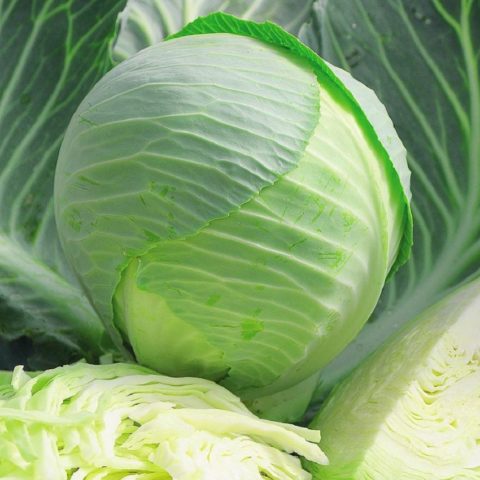
Late-ripening varieties are prized in cooking for their rich nutritional composition and excellent taste.
Conclusion
Kilaton cabbage is a very tasty and fruitful late-ripening variety. By following the manufacturer's recommendations for growing a hybrid, any summer resident will receive a high yield of a useful vegetable. It is suitable for growing on an industrial scale.
